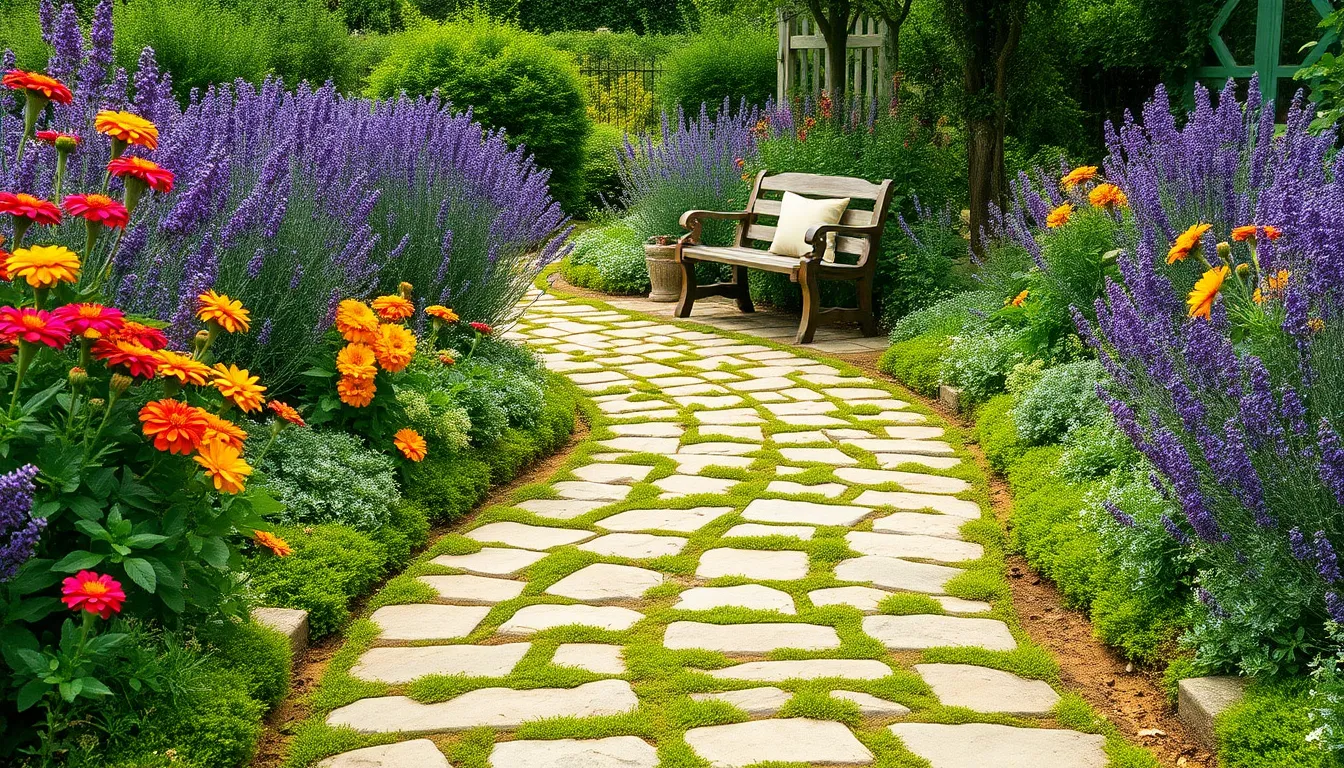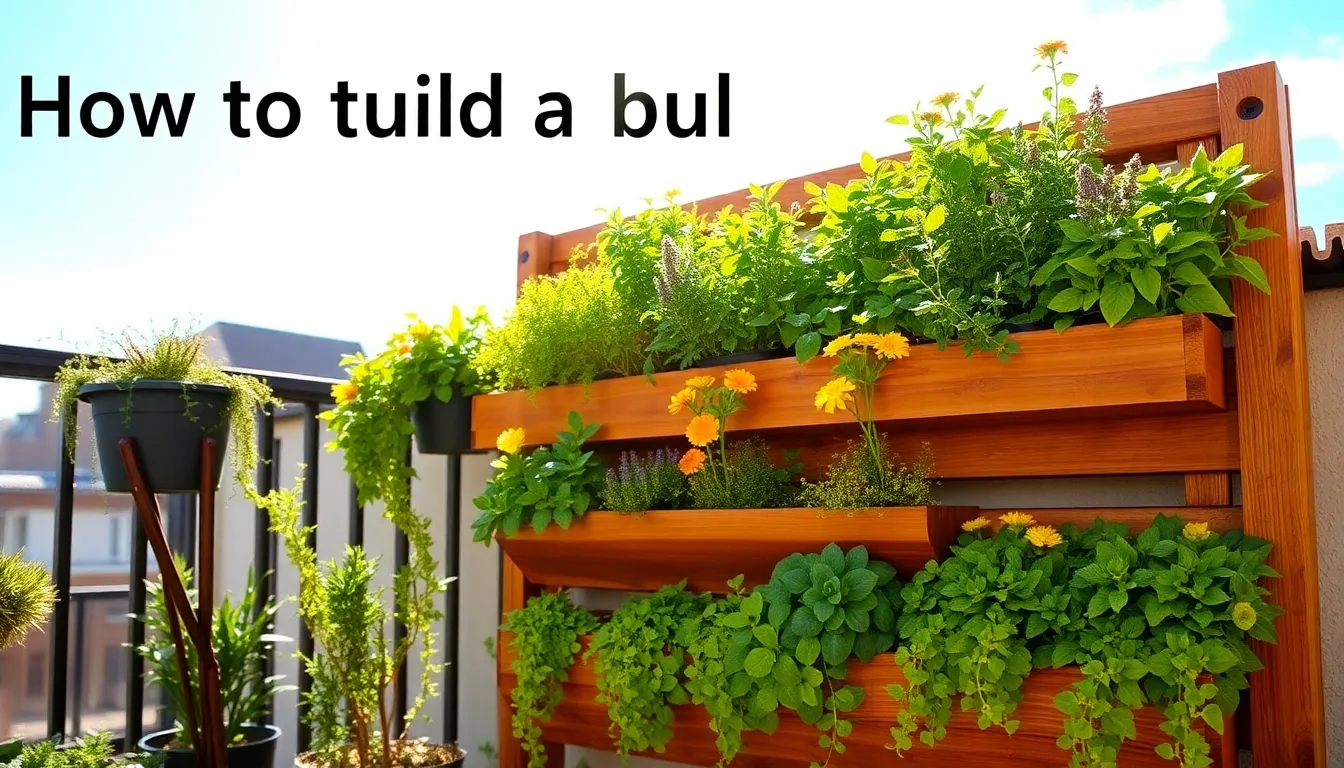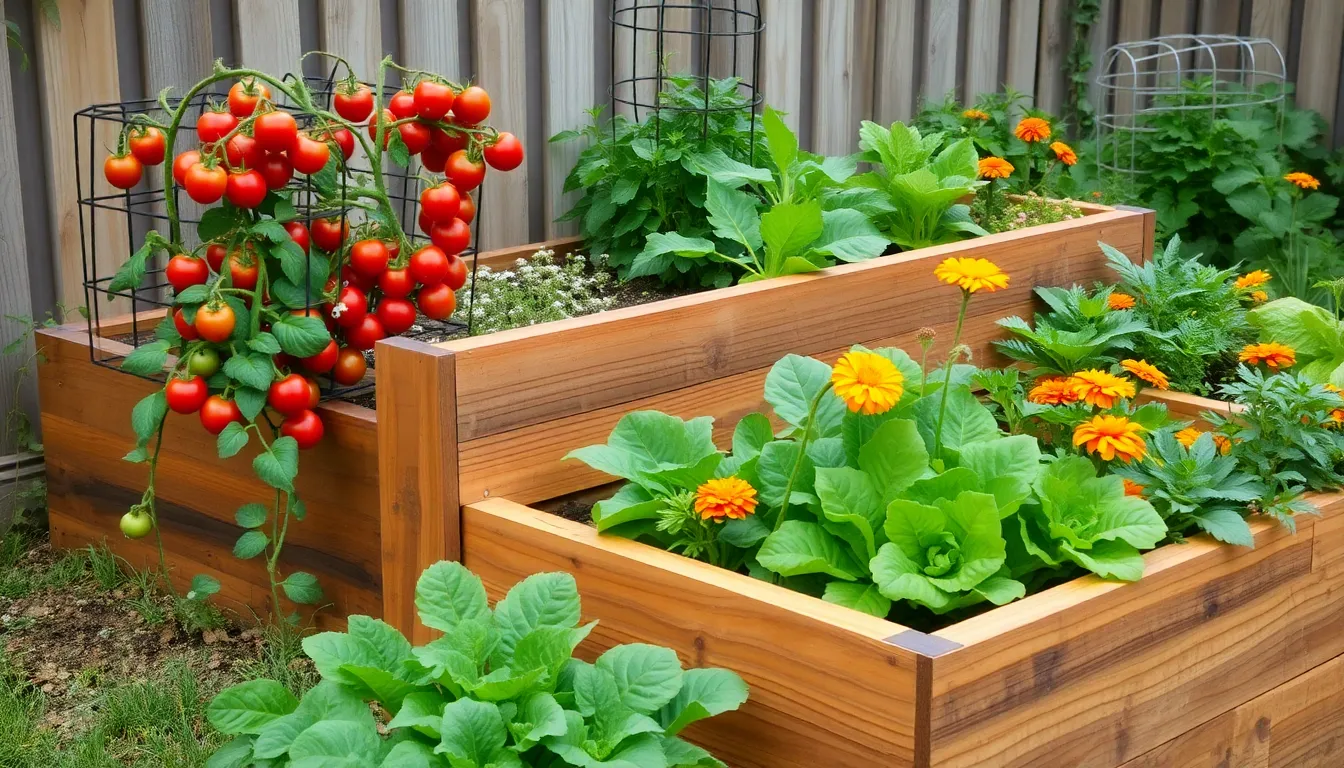Budget Garden Hacks

Welcome to a world where your garden becomes a canvas, and each step you take is a brushstroke in the ...

Imagine transforming a blank wall or a small urban balcony into a lush, verdant haven that not only delights the ...

Welcome to a gardener’s paradise, where creativity and practicality bloom together in the form of DIY Raised Garden Bed Ideas! ...









